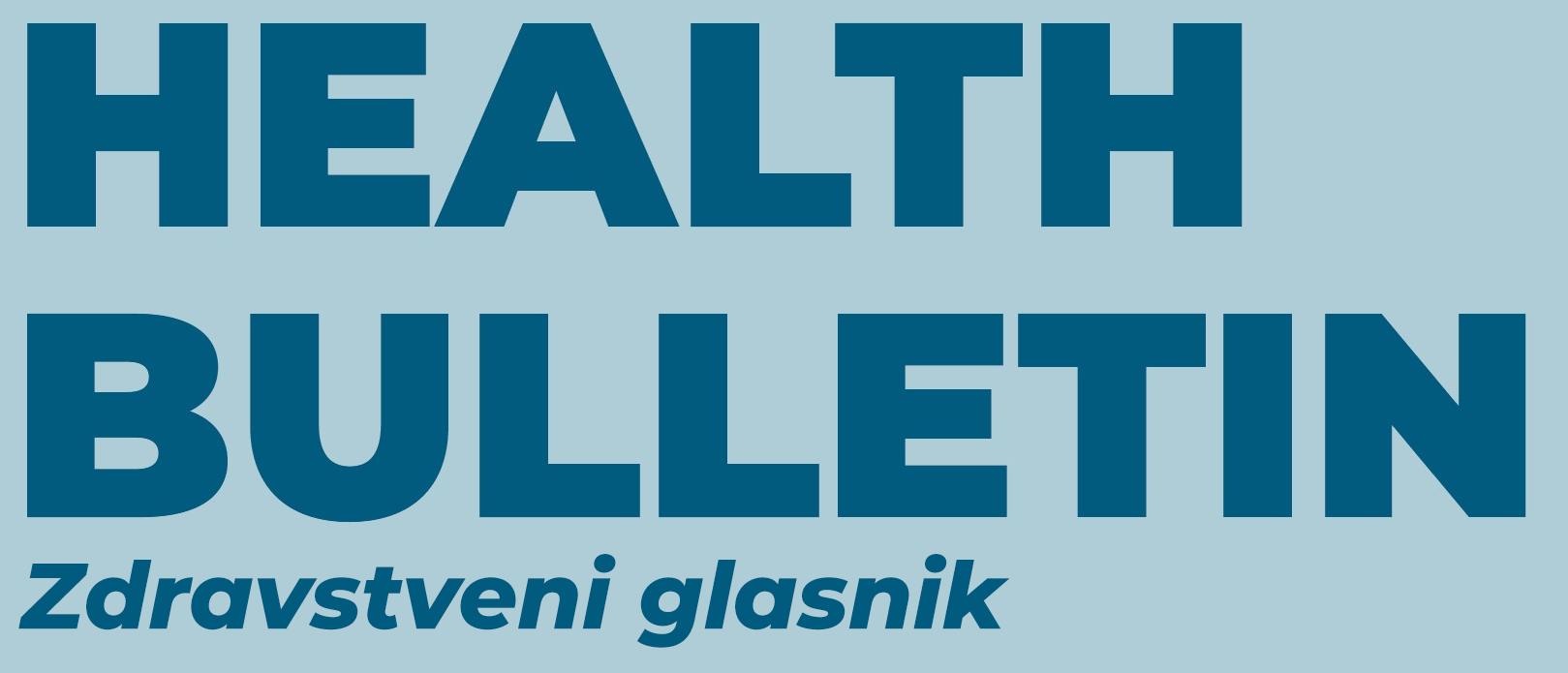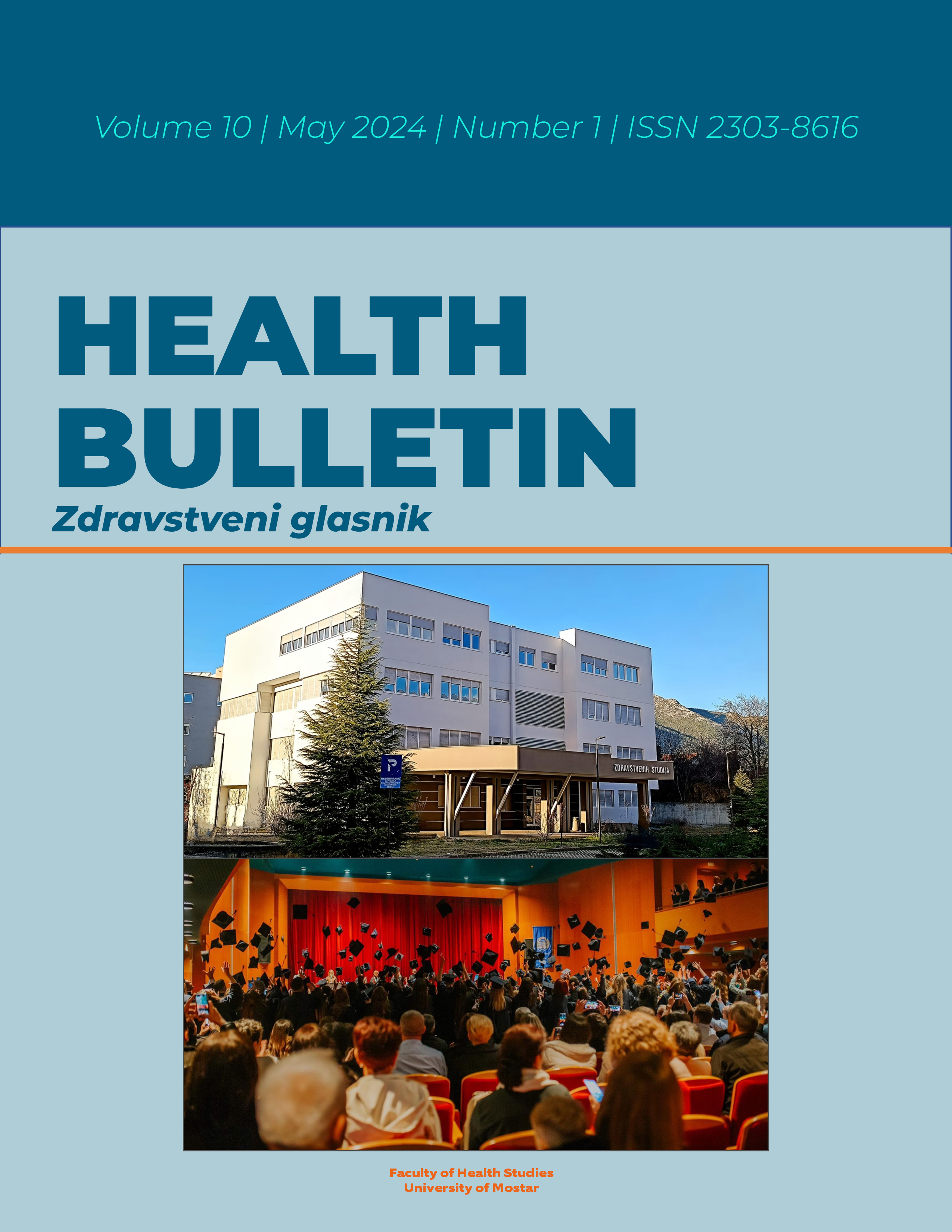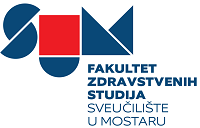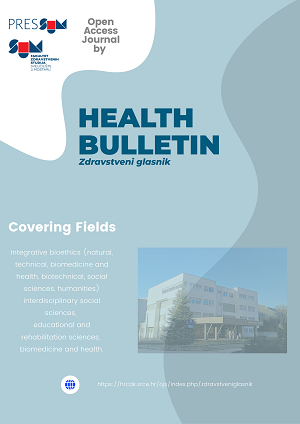SOCIODEMOGRAPHIC DIFFERENCES IN PREVALENCE, INTENSITY AND PSYCHOSOCIAL CONSEQUENCES OF ADOLESCENT GAMBLING IN MOSTAR
Keywords:
gambling, adolescents, gambling intensity, gambling prevalence, psychosocial consequencesAbstract
Introduction: Adolescents are a risk group to develop problem gambling considering growing up in the era of widespread gambling activities, what is confirmed by the increasing prevalence of gambling among young people. Their gambling activities can develop into pathological gambling with numerous and harmful psychosocial consequences over time and
with intensification.
Objective: The objective of this study is to determine the prevalence of different gambling activities (type and intensity), the rate of problematic gamblers and the psychosocial consequences of adolescent gambling in Mostar.
Subjects and methods: A total of 402 participants (198 males and 204 females) - students of final grades of high schools in Mostar participated in the study. Average age of participants was 17. Data was collected by filling out questionnaires in which the Gambling Activities Questionnaire and Canadian Adolescent Gambling Inventory were applied.
Results: Significant differences were found in the intensity of gambling, harmful psychosocial consequences and the risk of gambling in adolescents in regard to gender and school - young
men from the Electrical Engineering School and Secondary Transportation School gamble more intensively and have more psychosocial consequences of gambling and show a higher
risk for the development of problem gambling compared to girls and students who attend Gymnasium.
Conclusion: This study confirms a relatively high prevalence of problem gambling among adolescents in Mostar and the differences in intensity, risks of gambling and harmful psychosocial consequences with regard to gender, school and age, which confirms the importance of establishing and implementing preventive programs.
















